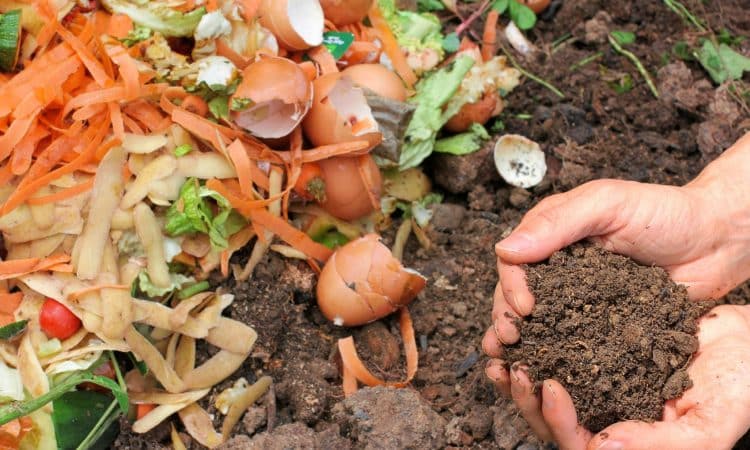
Composting is an environmentally friendly way to turn kitchen scraps and yard waste into nutrient-rich fertilizer for your garden. This natural process reduces landfill waste and enriches soil, leading to healthier plants and bigger harvests. If you’re new to composting, this guide will walk you through the basics and help you start your own compost pile.
What is Composting?
Composting is the process of breaking down organic material, such as food scraps and yard waste, into a dark, crumbly substance known as compost. Microorganisms, worms, and insects help decompose the material, transforming it into a nutrient-rich amendment that can improve soil health and plant growth.
Why Compost?
Composting offers several benefits, including:
- Reducing Waste: Diverting organic waste from landfills reduces methane emissions and conserves landfill space.
- Improving Soil Health: Compost enriches soil with essential nutrients, improves soil structure, and enhances moisture retention.
- Saving Money: Homemade compost reduces the need for chemical fertilizers and soil amendments.
- Supporting the Environment: Composting helps recycle nutrients and promotes sustainable gardening practices.
Getting Started with Composting
Choose a Composting Method
There are several methods for composting, each with its own advantages. Choose the method that best suits your space, lifestyle, and needs.
- Backyard Composting:
- Ideal for those with outdoor space.
- Uses a compost bin or pile to collect organic waste.
- Requires regular turning to aerate and speed up decomposition.
- Vermicomposting:
- Perfect for indoor spaces or small gardens.
- Uses worms (typically red wigglers) to break down organic material.
- Produces worm castings, a nutrient-rich fertilizer.
- Bokashi Composting:
- Suitable for small spaces and urban environments.
- Uses a special bran to ferment kitchen waste in an airtight container.
- Produces a pre-compost that can be buried in the garden.
What to Compost
To create balanced compost, include a mix of green (nitrogen-rich) and brown (carbon-rich) materials.
- Green Materials:
- Fruit and vegetable scraps
- Coffee grounds and tea leaves
- Grass clippings and green leaves
- Brown Materials:
- Dry leaves and twigs
- Straw and hay
- Shredded paper and cardboard
What Not to Compost
Avoid adding these items to your compost, as they can attract pests or create imbalances:
- Meat, dairy, and oils
- Diseased plants
- Pet waste
- Weeds with seeds
Building Your Compost Pile
- Choose a Location: Select a level, well-drained spot in your garden or yard. Ensure the area is convenient for adding materials and turning the pile.
- Start Layering: Alternate layers of green and brown materials. Aim for a ratio of approximately two parts brown to one part green to maintain balance.
- Add Moisture: Keep the pile moist, like a damp sponge. If it becomes too dry, add water, and if it’s too wet, add more brown materials.
- Turn the Pile: Aerate your compost by turning it with a pitchfork or shovel every 2-4 weeks. This helps speed up decomposition and reduces odors.
- Monitor the Temperature: Compost piles should reach temperatures of 130-160°F to effectively break down materials. A hot pile indicates active decomposition.
Harvesting Your Compost
Depending on the method and conditions, compost can take anywhere from a few months to a year to mature. Your compost is ready to use when it’s dark, crumbly, and earthy-smelling.
- Sift the Compost: Use a screen or sifter to remove large, undecomposed materials. Add these back to the pile for further decomposition.
- Apply to Your Garden: Spread a layer of compost over your garden beds, mix it into the soil, or use it as mulch around plants.
Composting is a simple and rewarding practice that turns waste into valuable fertilizer for your garden. By understanding the basics and choosing the right method for your needs, you can contribute to a healthier environment while improving your garden’s productivity. Start composting today and enjoy the benefits of a greener, more sustainable lifestyle.

